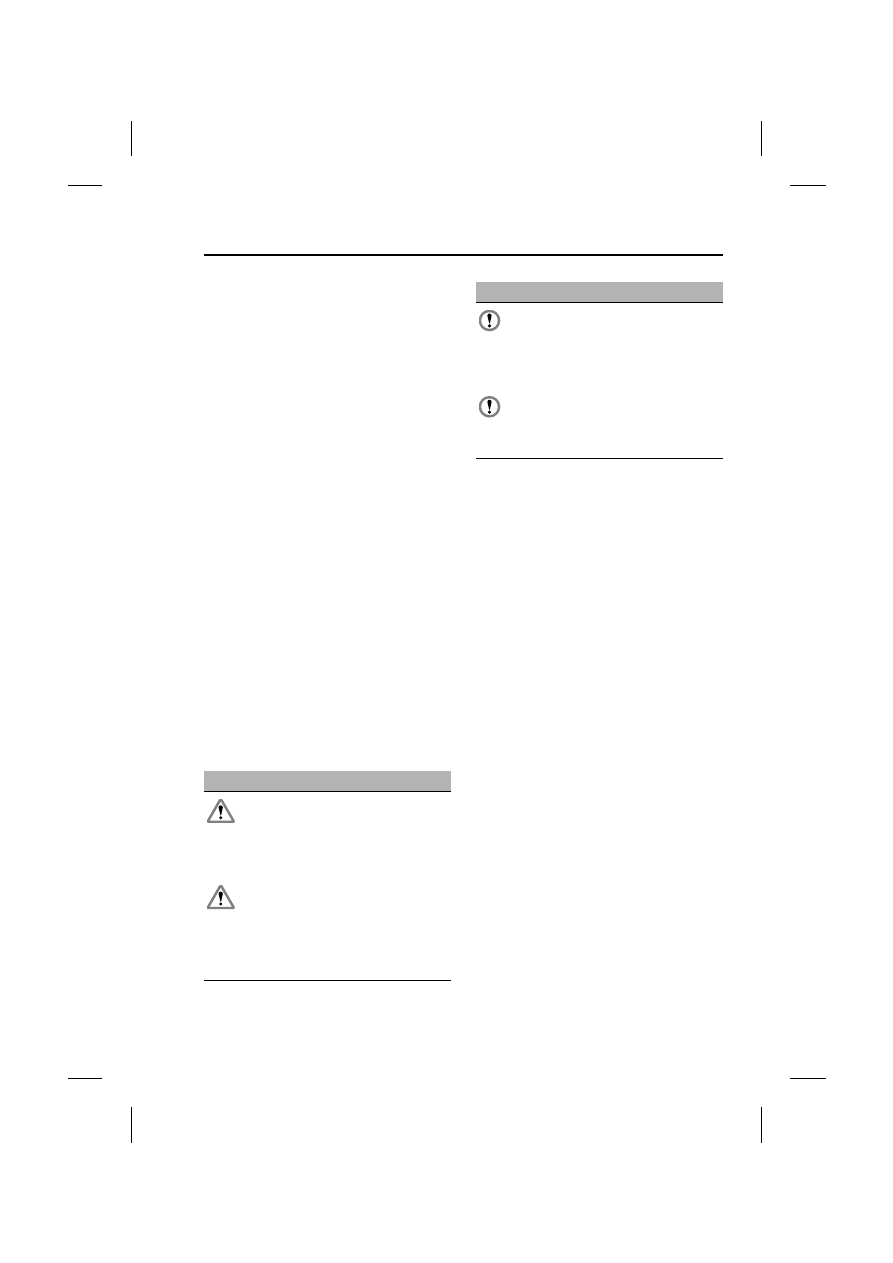Jaguar XK. Service manual - part 54

219
Vehicle battery
R
4. Attach one end of the black jump lead
to the negative (-) terminal of the
booster battery and the other end to
the negative (-) terminal of the vehicle
battery remote charge terminal.
5. Start the disabled vehicle. Allow the
engine to idle for five minutes before
disconnecting the cables.
6. Disconnect the black jump lead from
the negative (-) terminal of the vehicle
battery remote charge terminal and
the booster battery negative (-)
terminal.
7. Disconnect the red jump lead from
the positive (+) remote charge
terminal of the vehicle and the
booster battery positive (+) terminal.
8. Refit the terminal covers, trim panel
and luggage compartment floor
panel.
It may be necessary to reset the electric
parking brake. See ELECTRIC
PARKING BRAKE (EPB) (page 169).Also
See CHARGING THE VEHICLE
BATTERY (page 219).
CHARGING THE VEHICLE
BATTERY
Due to the restricted accessibility of the
centrally located battery, charging of the
battery should be assigned to qualified
assistance.
If the message BATTERY NOT
CHARGING is displayed there is either
an alternator or battery fault. Turn off all
electrical accessories, radio, climate
control etc. Try to use minimum electrical
load as possible such as power windows,
convertible top etc. Seek qualified
assistance as soon as possible.
Effects of battery disconnection
After reconnecting the battery:
• Reset the electric parking brake.
• Reset the electrically operated
windows anti-trap function.
• The trip computer will lose all
recorded trip data and all trip
functions will be reset to zero. The
vehicle total odometer reading is
retained.
• If the battery is disconnected for more
than 72 hours the radio preset
channels will need to be reset.
• Reset the clock to the correct time.
• Recalibrate the seat memory
positions.
WARNINGS
Ensure that the charger used is of
the correct type and rating for the
battery. Using an unsuitable
charger may damage the battery, and
could cause the battery to explode.
Always charge the battery in a
well ventilated area away from any
naked flames, sparks or other
ignition sources. During charging the
battery can produce a highly explosive
and flammable gas.
CAUTIONS
The battery must be disconnected
and removed from the vehicle
before charging. Failure to do so
could result in damage to the vehicle's
electrical system.
Always follow the instructions
supplied with the battery charger.
Failure to do so may result in
damage to the battery.